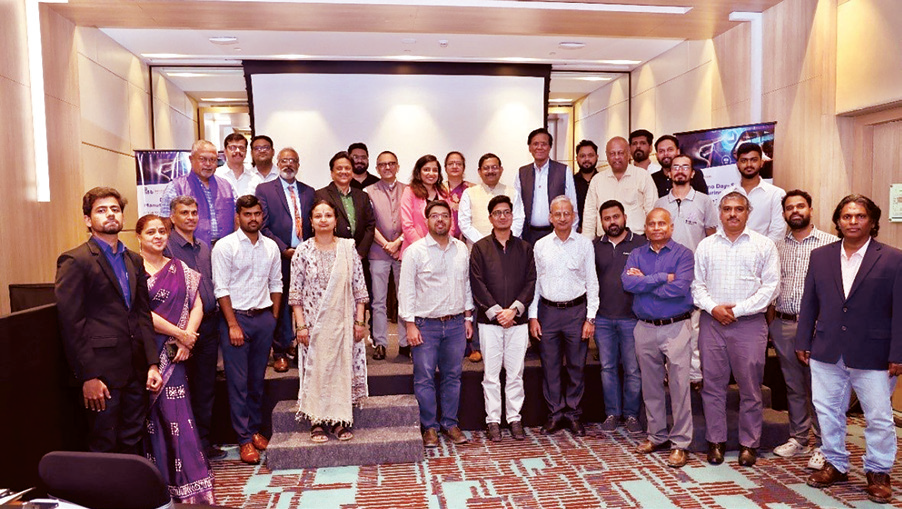
Understanding wildlife: Centre for Wildlife Studies mediates in human-wildlife conflict
Rachana Ramesh
The first thing that catches the eye when one looks at the brochure of Centre for Wildlife Studies is their logo. A cat-like creature with spots, an abnormally long tale and a narrow snout. You learn that it is a Malabar civet cat upon interrogation. Endemic to the Western Ghats, these cats who stay hidden in the thickets during the day and forage for food at night were assumed to be extinct, to have disappeared from the wild. “There’s a story behind it. They were previously thought to be extinct in the wild and our founder, Dr. K Ullas Karanth, spotted one in the wild. It was taken as a sign to show the fact that there is always rediscovery in science, a discovery of the untouched,” said Simran Prasad, a doctoral fellow at CWS researching elephant conservation across South Indian states.
The Centre for Wildlife Studies is an internationally recognised centre-of-excellence in the arenas of wildlife research, in situ conservation, policy, and education. Founded 37 years ago, they are working to save India’s wildlife and wildlands through science, conservation, policy and education. With their three-decade experience, they have three wings of conservation, up and running presently.
Launched in 2015, the Wild Seve program has been designed to help build tolerance towards wildlife by expediting action during human-wildlife conflict incidents and rebuilding livelihoods. “Farmers who live around wildlife parks like Bandipur and Nagarhole face a lot of conflicts. Elephants come in, damage their crops. Tigers come in, kill their cattle. Because of this, they have to bear a hectic load of financial loss,” says Prasad.
A toll-free helpline advertised throughout the landscape allows farmers to contact Wild Seve staff, who are immediately dispatched to the site. Field assistants document each conflict incident and file a claim for ex-gratia compensation with the state forest department on behalf of the affected farmer. This program helps transcend barriers of illiteracy, inherent transactional costs, and a complex government process, to provide free and transparent access to ex-gratia compensation for human-wildlife conflict incidents.
Growing up in high-stress environments in areas that experience high levels of human-wildlife conflict can be challenging for children in their formative years. “These kids who live in the conflict zones are a constant witness to violence and are prone to desensitisation. This program has been designed to incorporate a sense of empathy in them,” says Prasad.
Wild Shaale, another wing that has arisen, is designed for 10-13-year-old schoolgoing children living in rural areas around wildlife reserves in India. Their curriculum features locally-specific wildlife, ecosystems and conservation issues which are paired with evaluation tools that allow them to measure the program’s impact on children’s environmental literacy and attitudes.
In 2020, it launched the Wild Surakshe program. These outreach workshops focus on preventing wildlife-related disease transmission to people and livestock, preventing accidental encounters with wild animals, safety measures for when such encounters occur, and access to emergency service providers. They also discuss basic first aid which can be lifesaving in these remote areas.
 English daily published in Bengaluru & Doha
English daily published in Bengaluru & Doha






